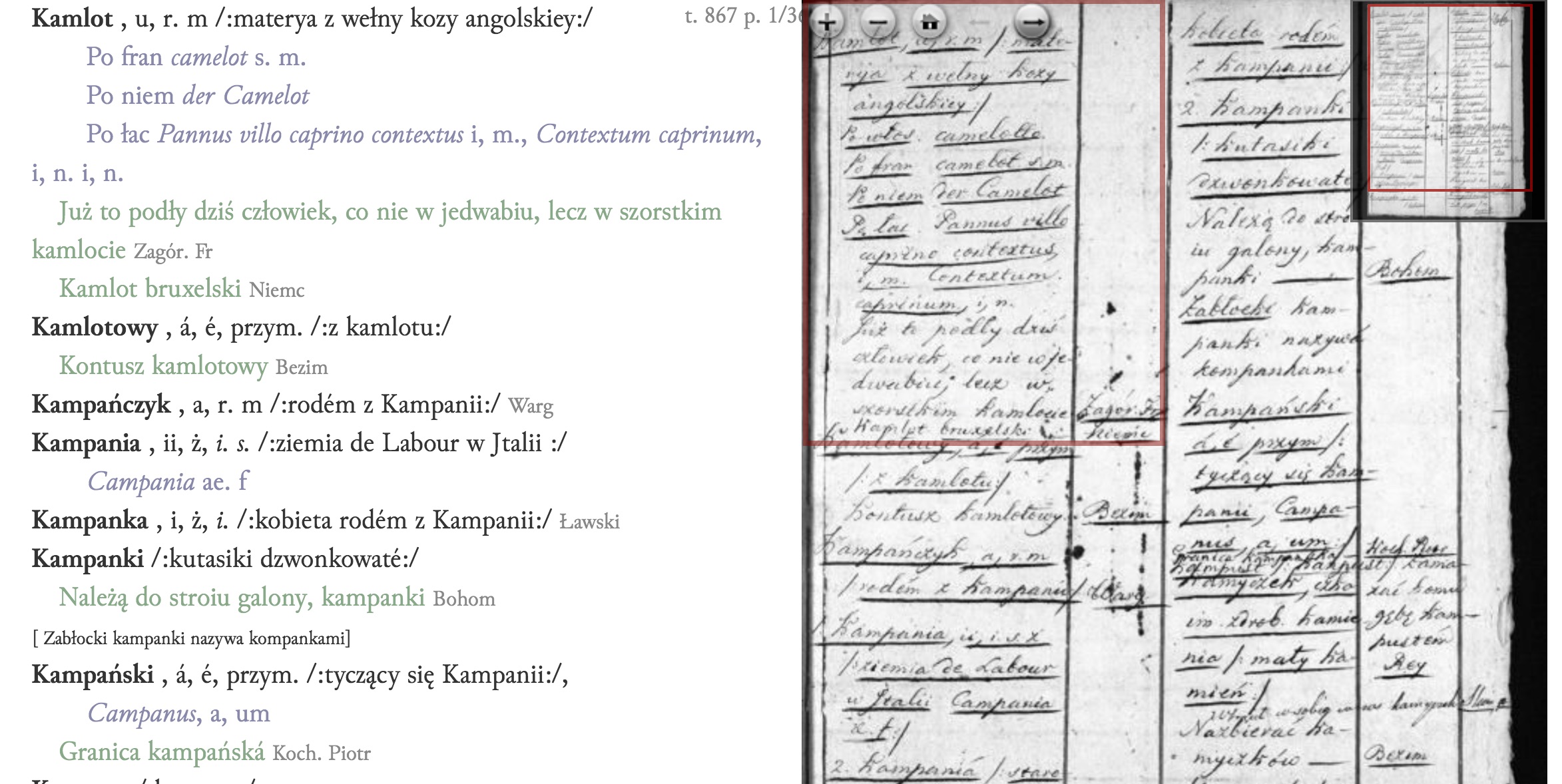TEI Publisher 5.0.2
This is a minor release introducing primarily new features of Word document import along some bugfixes.
Release Highlights: Word document import
Docx module introduced in 5.0.0 allows for importing documents in docx
format, preserving their textual content, structure and basic semantics
of the text. TEI Publisher preserves document's structural divisions and
headings, lists, tables, embedded images, foot- and endnotes, as well as
recognizes styles whose names start with tei: as TEI elements with the
same name, e.g Johann Wolfgang Goethe styled with tei:persName style
will be converted to <persName>Johann Wolfgang Goethe</persName>.
This release introduces a default convention for encoding additional
attributes: text in angle brackets will be interpreted as a list of
attribute-value pairs. Multiple items can be separated with a “;”. For
example, to set a @rend and provide a @ref for a placeName, you can
write Frankfurt<rend=smallcaps;ref=Frankfurt am Main>. This notation
can be modified by extending the ODD with additional rules for
project-specific workflow. For example, if persName does always need a
@ref attribute in your edition, you could have a simplified rule which
parses: Friedrich Dürrenmatt<118527908>.
Further conventions have been introduced to distinguish between
different kinds of notes (e.g. editor's commentary, source annotations,
and text-critical notes). Footnotes marked with a custom mark (to be
found under Format > Custom Mark in Word's Footnote Dialog) are
converted into note n="custom mark" type="original".
Yet another mechanism, based on Word comments, can be leveraged to mark
arbitrary spans of text. Word comments insert a start and end marker,
which can be easily converted to TEI using anchor and note element
combination and output accordingly later.
Please refer to the sample Word conversion document for detailed discussion of the import features and conventions.
Historical dictionary example: Bogactwa mowy polskiej
On a mission to provide a rich spectrum of examples showcasing different uses of TEI we're adding a small sample for a genre so far unrepresented in TEI Publisher - a 19th century manuscript collocative dictionary of Polish Bogactwa mowy polskiej (Riches of the Polish tongue) by Alojzy Osiński, edited by Ewa Rudnicka.
This example features a transcription and facsimile parallel view with
regions of interest highlighted in the facsimile panel thanks to the use
of pb-facs-link component.

Main New Features and Bug Fixes
-
DOCX (Word) document format import
-
Examples: Word import sample and historical dictionary sample
-
Fixes related to user login
-
pb-popover: fix spacing -
pb-view: scroll to target element if an id is given in the URLs hash
Get It!
TEI Publisher 5.0.2 is available as an application package on top of the eXist XML Database. Install it into a recent eXist (5.0.0 or newer) by going to the dashboard and selecting TEI Publisher from the package manager.
For more information refer to the documentation or visit the homepage to play around with it.